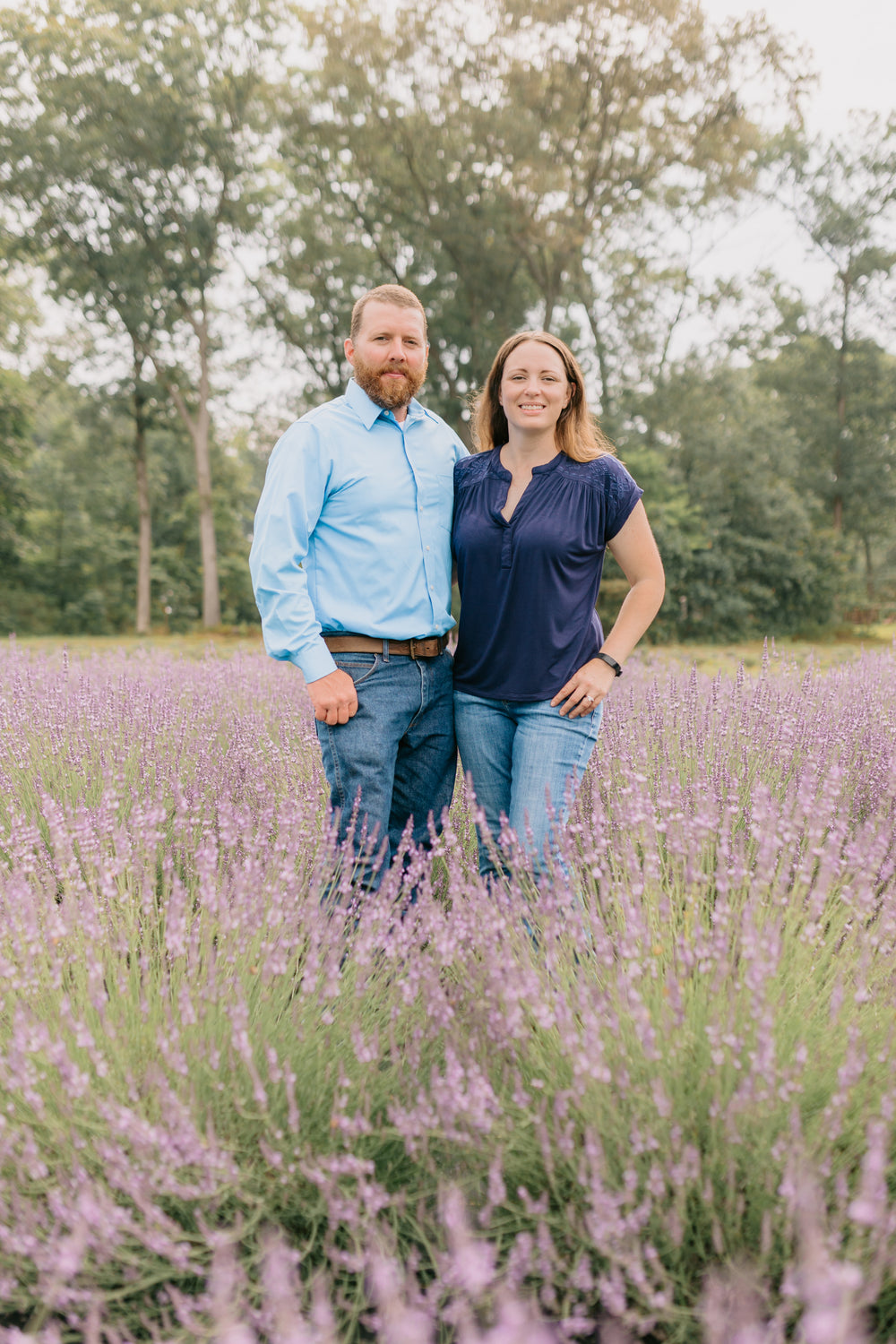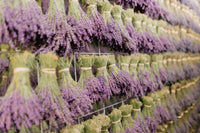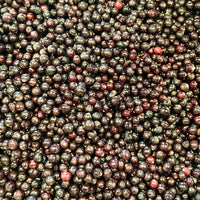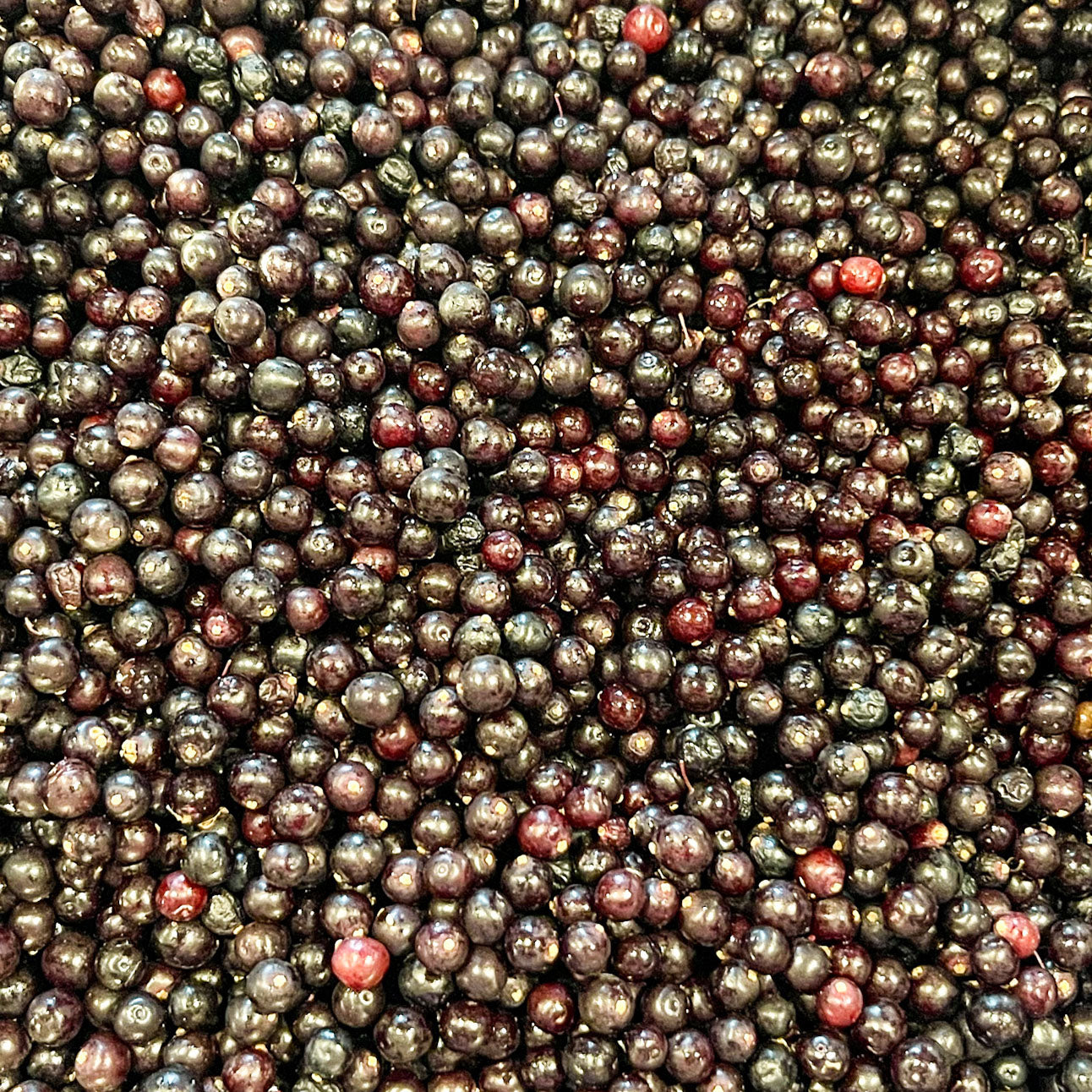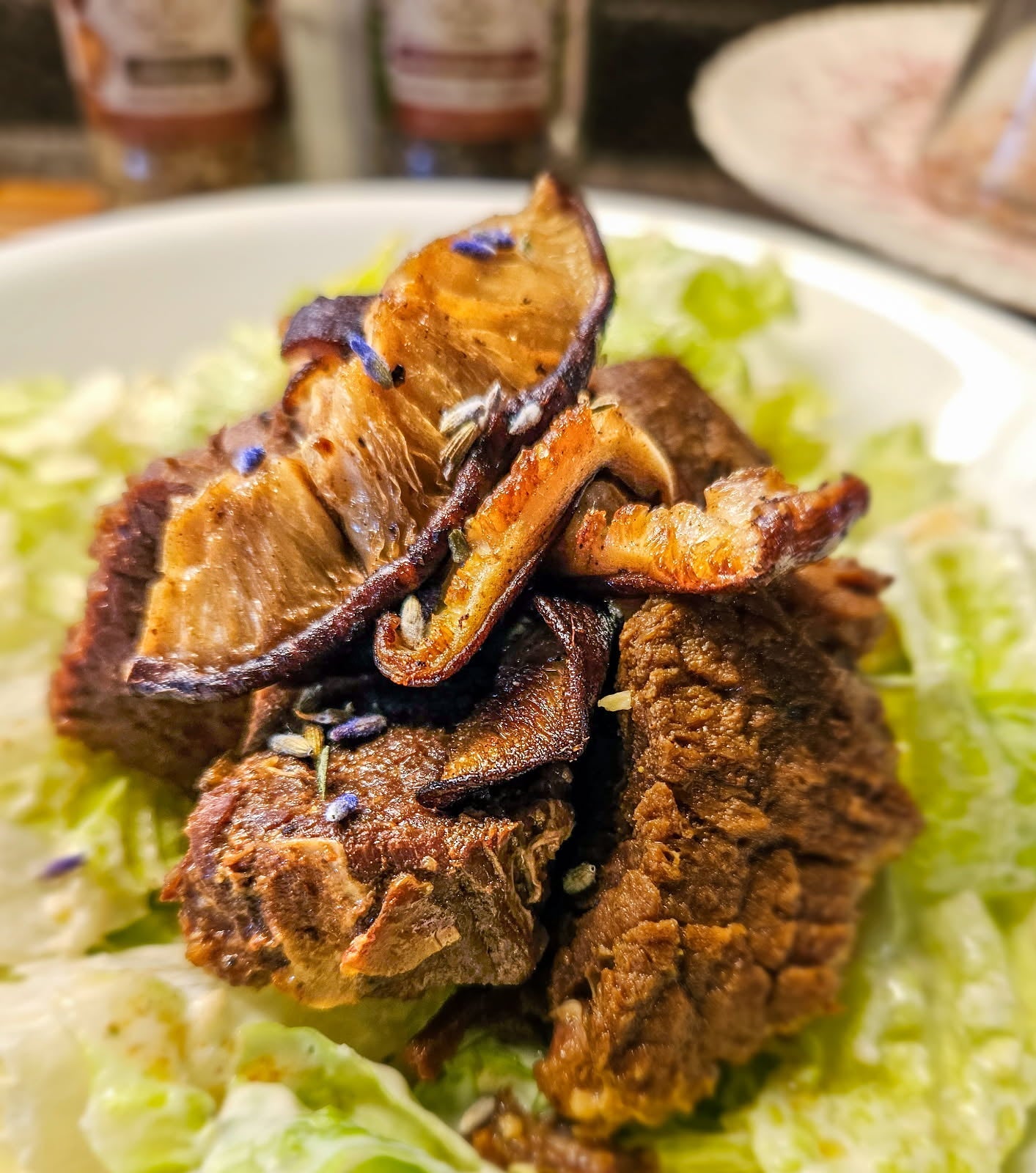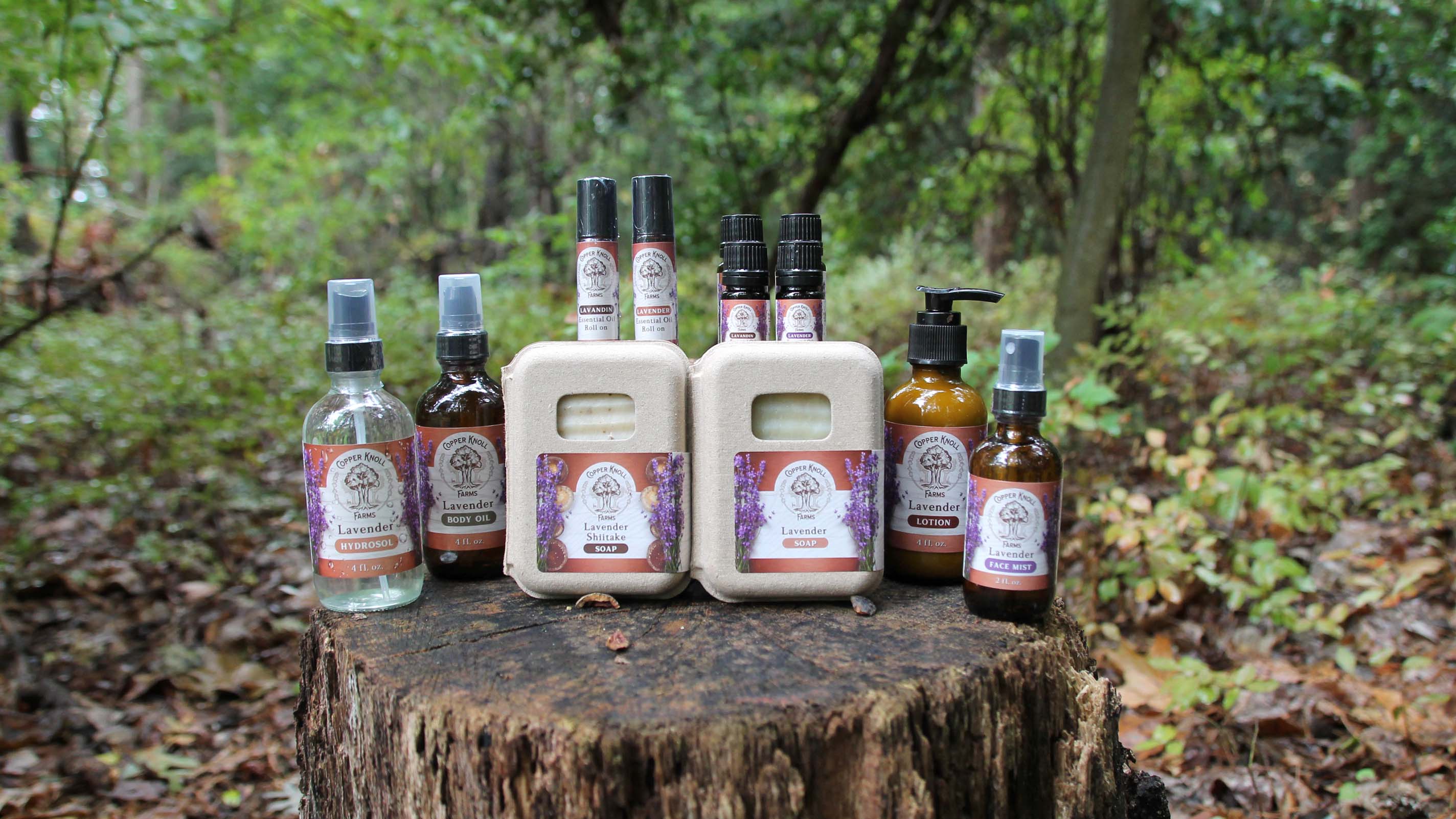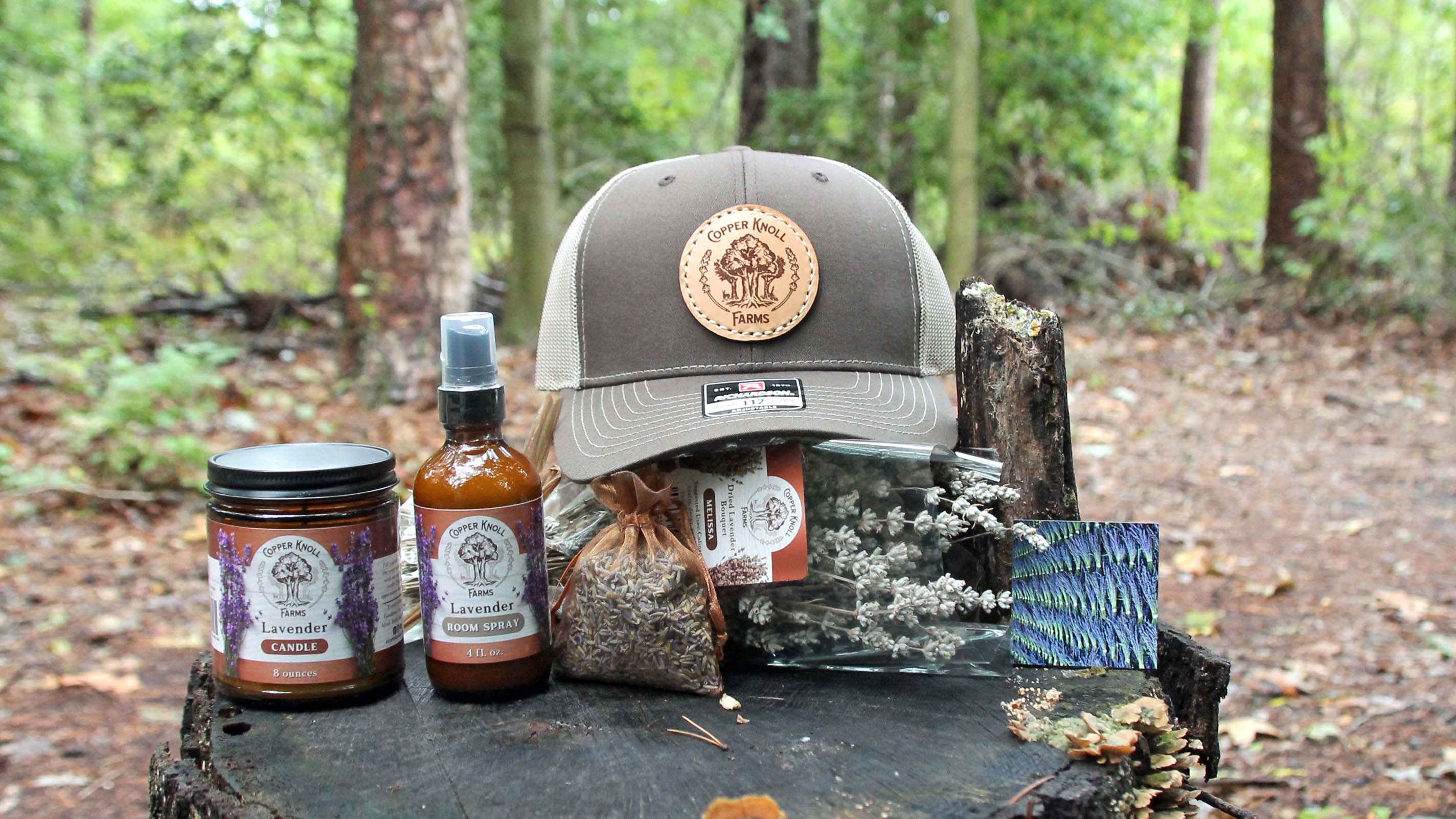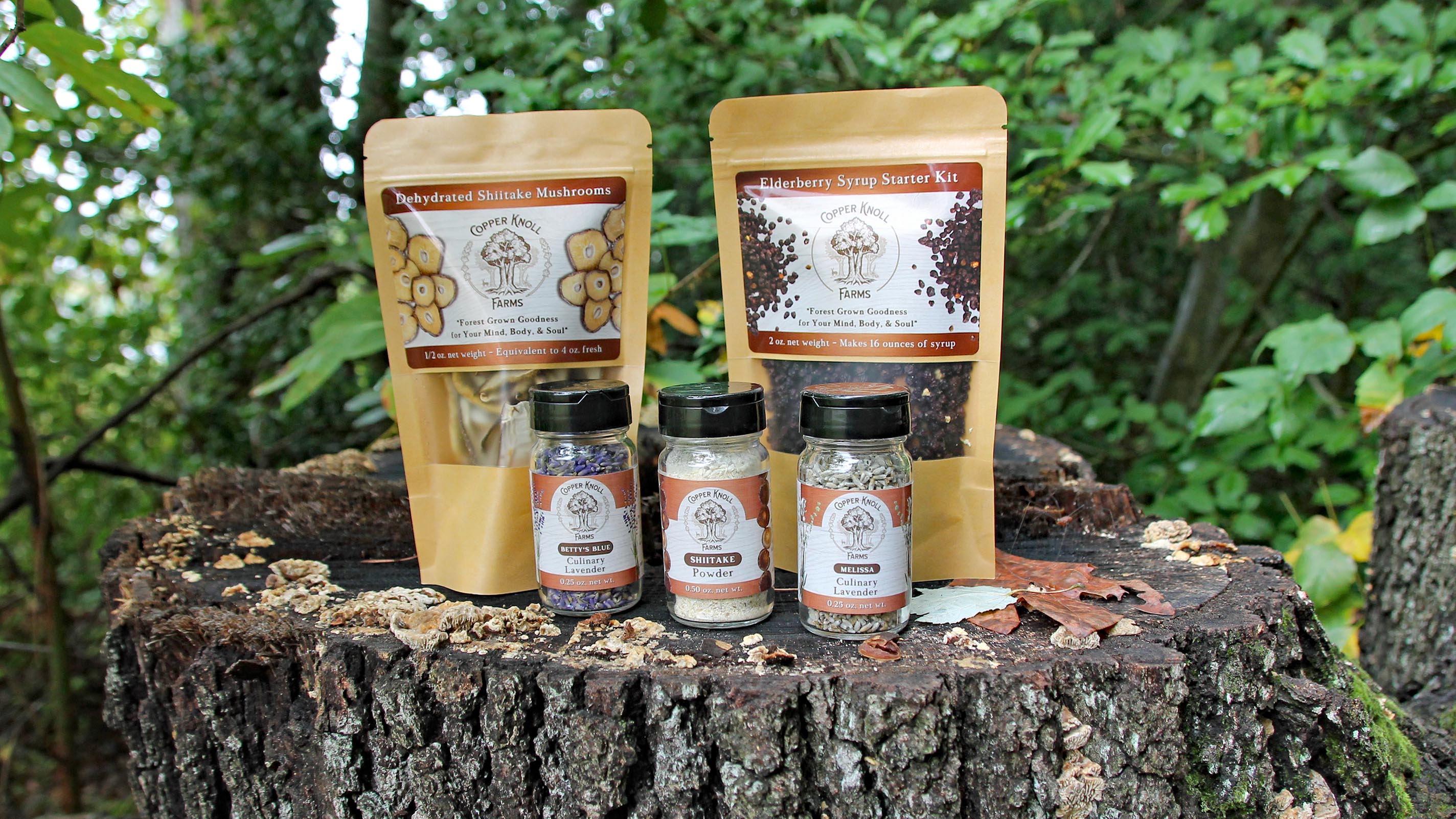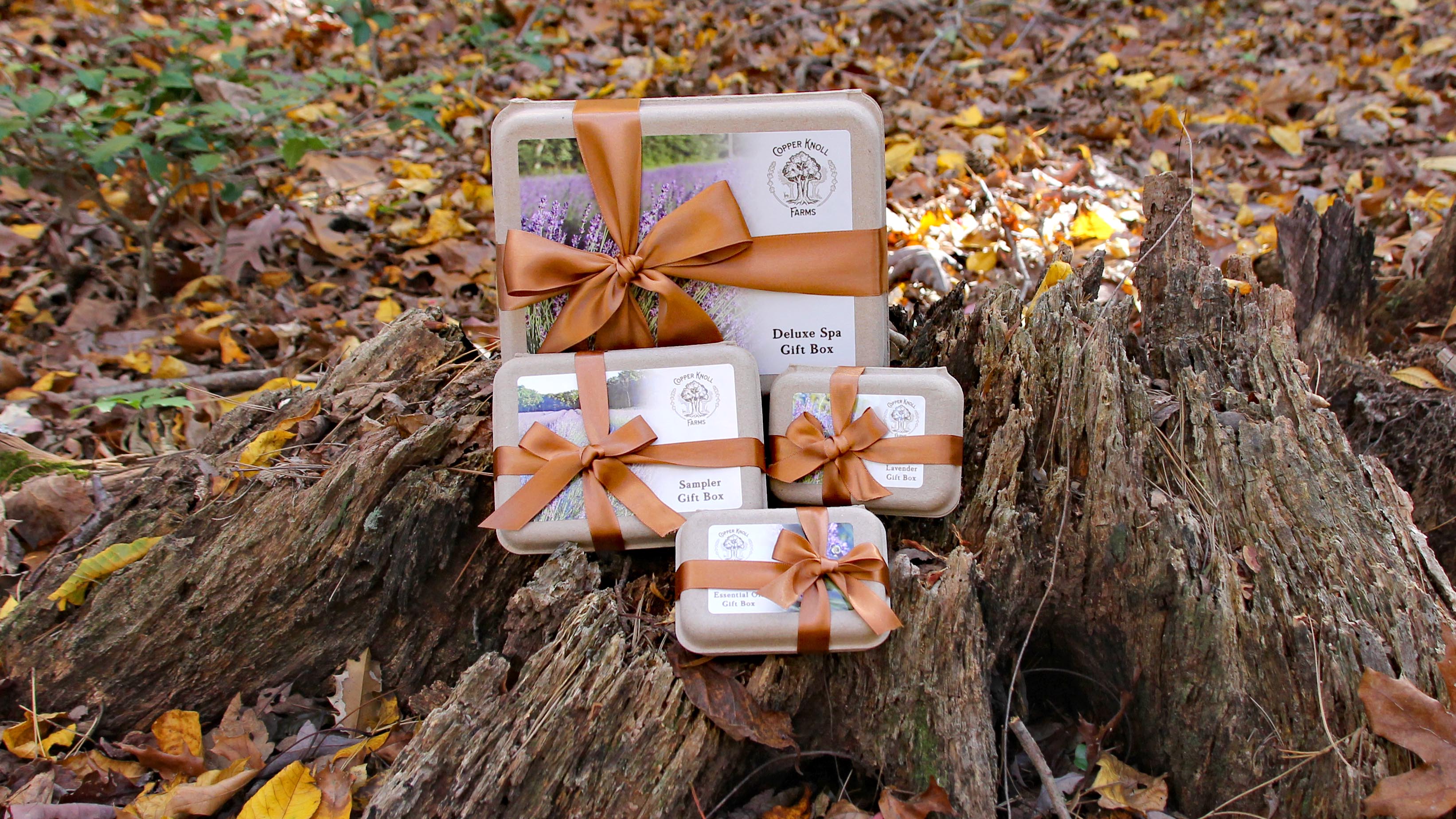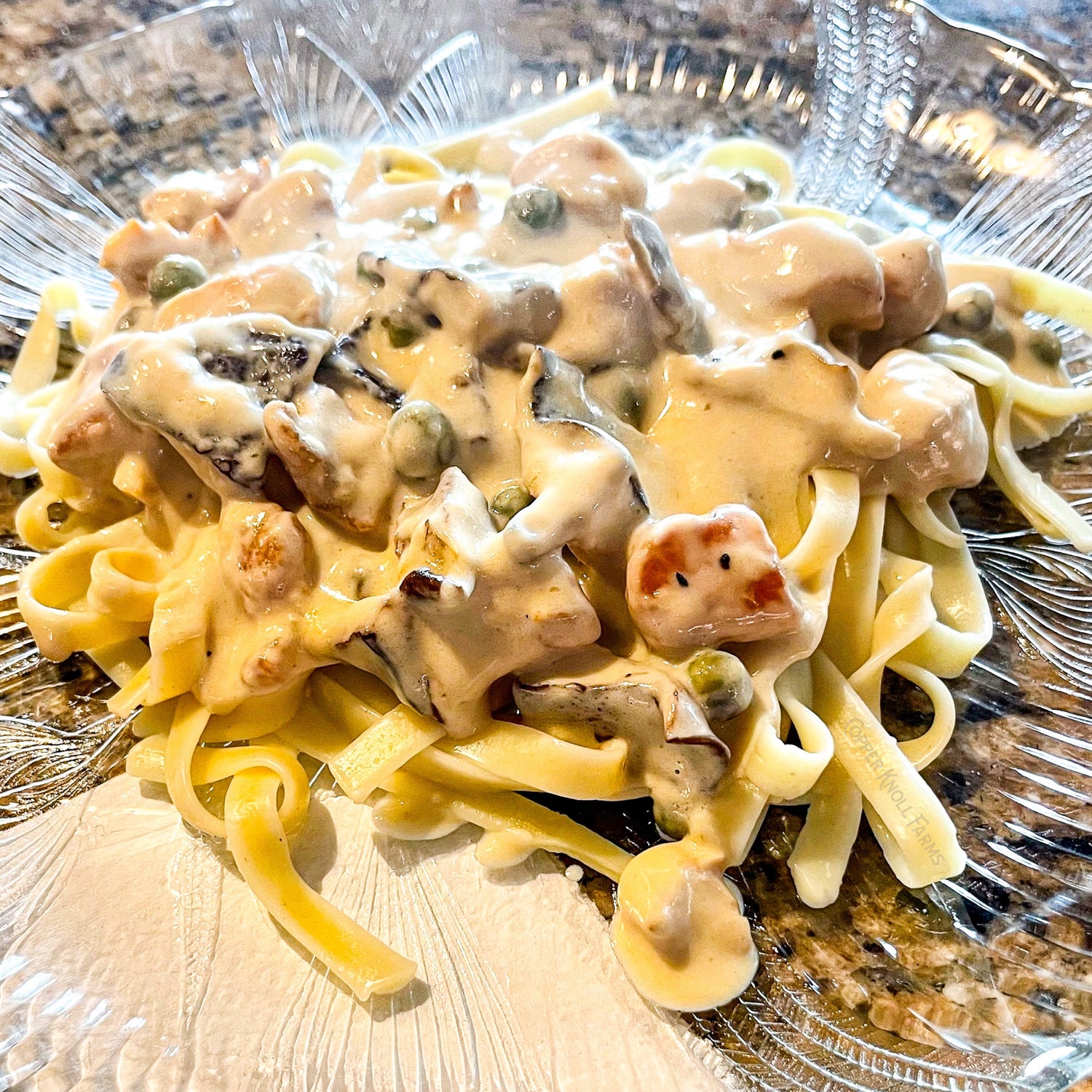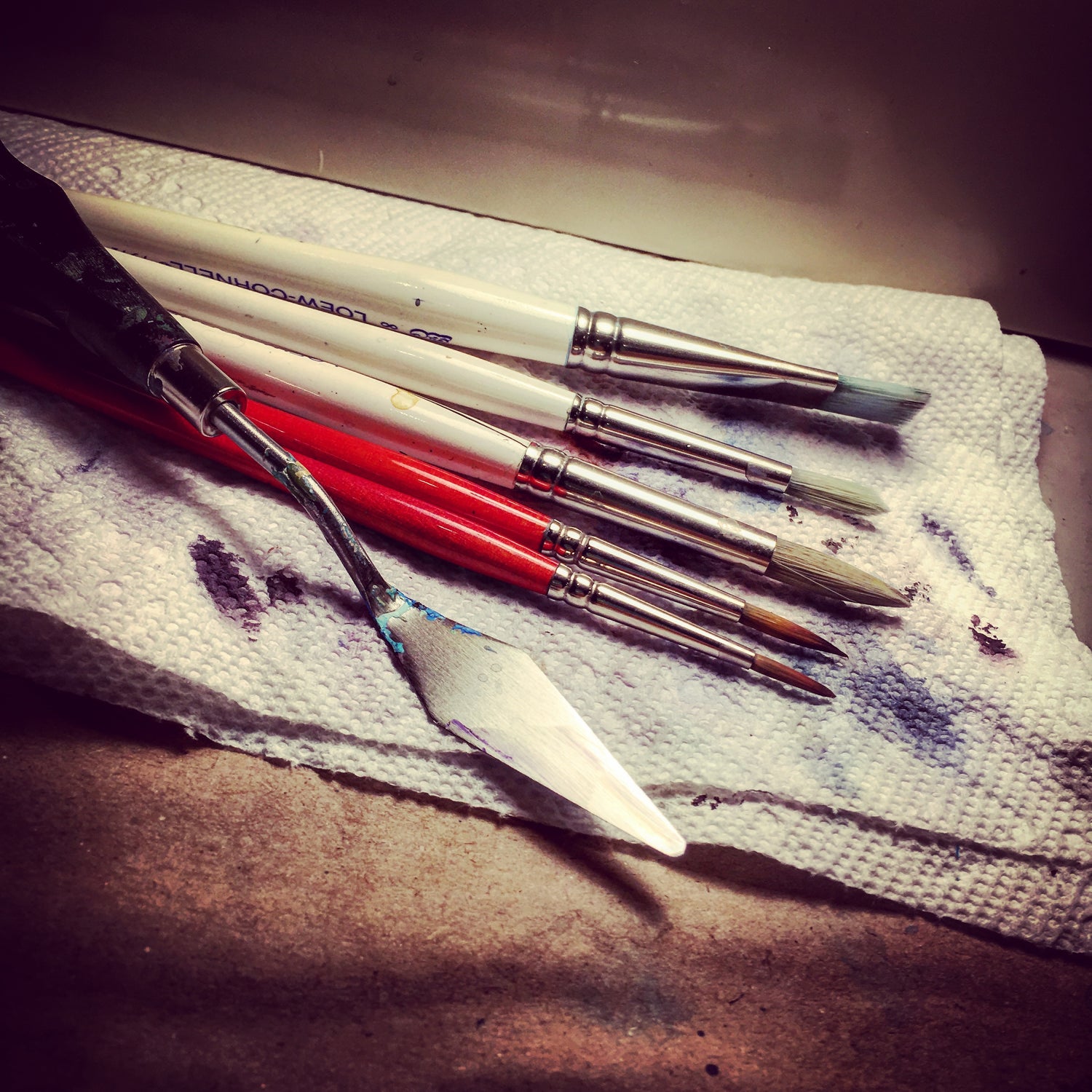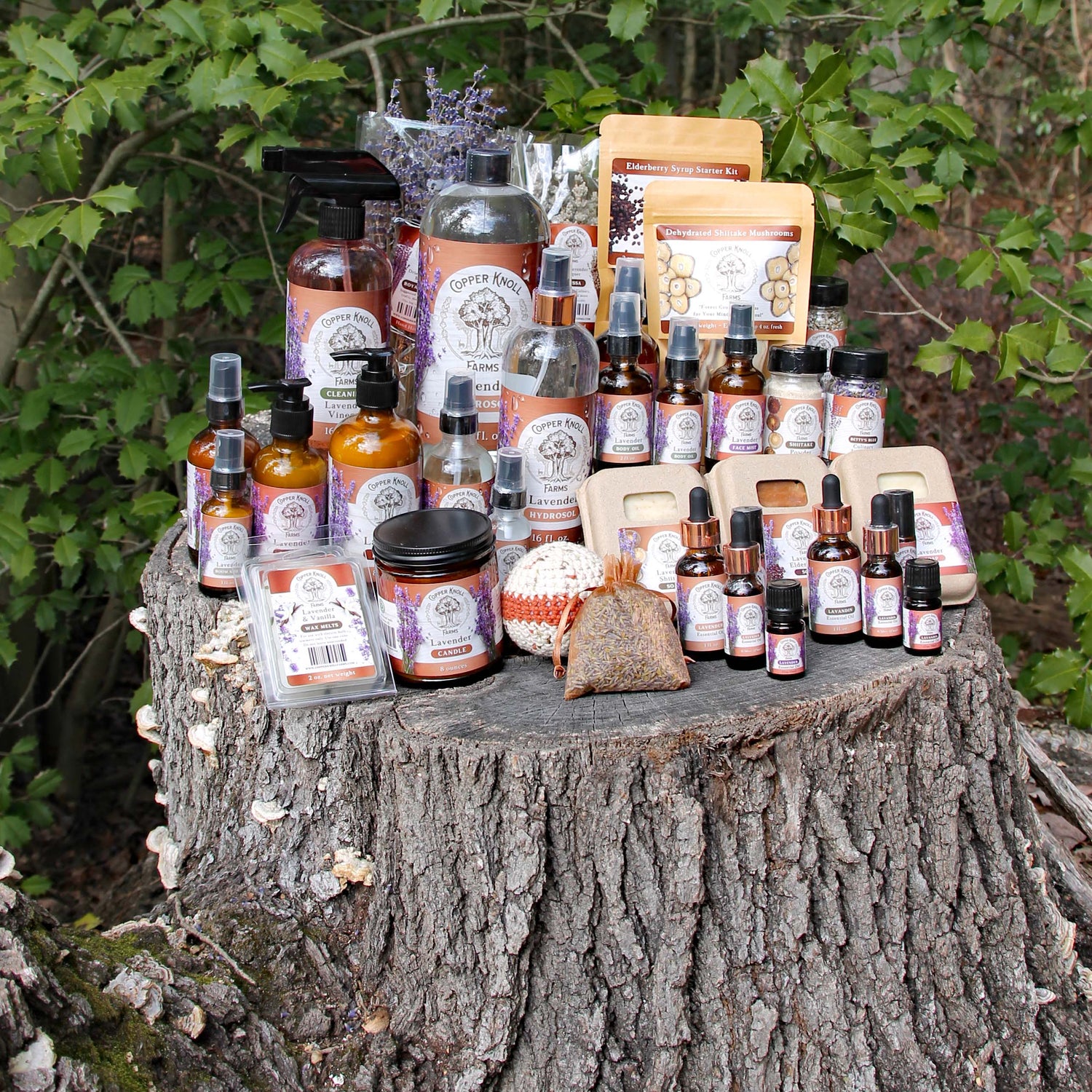How to Keep Bluebirds Happy During the Winter Months
Bluebirds are a joy to see in any backyard, and with a few simple steps, you can help them thrive during the colder months. Providing the right resources and care ensures they stay healthy and keeps them coming back to your yard. Here’s how to create a welcoming winter haven for your bluebirds.
Create a Clean and Safe Water Source
Water is essential for bluebirds year-round, especially in winter when natural water sources may freeze. Use a tilted birdbath to provide shallow access for small birds and deeper ends for larger ones. Clean the birdbath regularly by scrubbing with dish soap and rinsing thoroughly. Place it near shrubs or trees so birds can safely dry off after bathing.
Adding a heated water source can make your yard even more inviting. Heated birdbaths are available online and at pet or feed stores, and they allow birds to drink and bathe even when the ground is covered in snow. Refresh the water daily and scrub every few days to prevent algae buildup.

Feed Bluebirds the Right Way
Unlike many backyard birds, bluebirds don’t eat birdseed. Instead, they prefer mealworms. Use a covered feeder to protect the mealworms from being devoured by larger birds like Blue Jays. Offer small portions—about 1/4 cup daily—and make sure fresh water is available, especially if you’re feeding dried mealworms, as they can be dehydrating.
Remember to stop feeding mealworms in spring after bluebirds lay their eggs. Dried mealworms can be harmful to hatchlings and should be avoided during this time. If you’re feeding other types of birds, choose high-quality seed blends without millet or corn. Low-grade birdseed attracts unwanted species like House Sparrows, which can create problems during the nesting season.

Winterizing Bluebird Houses
Preparing your bluebird houses for winter can make a big difference in their comfort and safety. Seal any gaps with plain weather seal (avoid adhesives), and add a handful of dry pine needles to the bottom of the box for insulation and moisture absorption. Tighten any loose screws to ensure the box remains stable during strong winter winds. Position the house so the back faces prevailing winds for extra protection.

Placement Matters
Place feeders and birdbaths where you can enjoy watching the birds, such as near a window. However, avoid positioning them too close to nesting boxes to reduce the risk of attracting predators or unwanted birds. Bluebirds appreciate a safe, quiet space for feeding and resting.
Benefits of Caring for Bluebirds in Winter
By following these steps, you’ll create a winter sanctuary that bluebirds will appreciate. Not only will they frequent your yard during the colder months, but you’ll also make it more inviting for them to return and use your nesting boxes in spring.
Key Takeaways for Bluebird Enthusiasts
-
Keep water sources clean and accessible, using a heated birdbath if possible.
-
Feed mealworms sparingly and avoid low-quality birdseed to prevent attracting unwanted species.
-
Winterize bluebird houses with weather seal and dry pine needles for warmth and stability.
-
Position feeders and birdbaths in safe, visible areas for optimal enjoyment and bird safety.
By implementing these tips, you can enjoy the beauty of bluebirds all winter while helping them thrive. It’s a rewarding experience for bird lovers and a valuable contribution to bluebird conservation.



